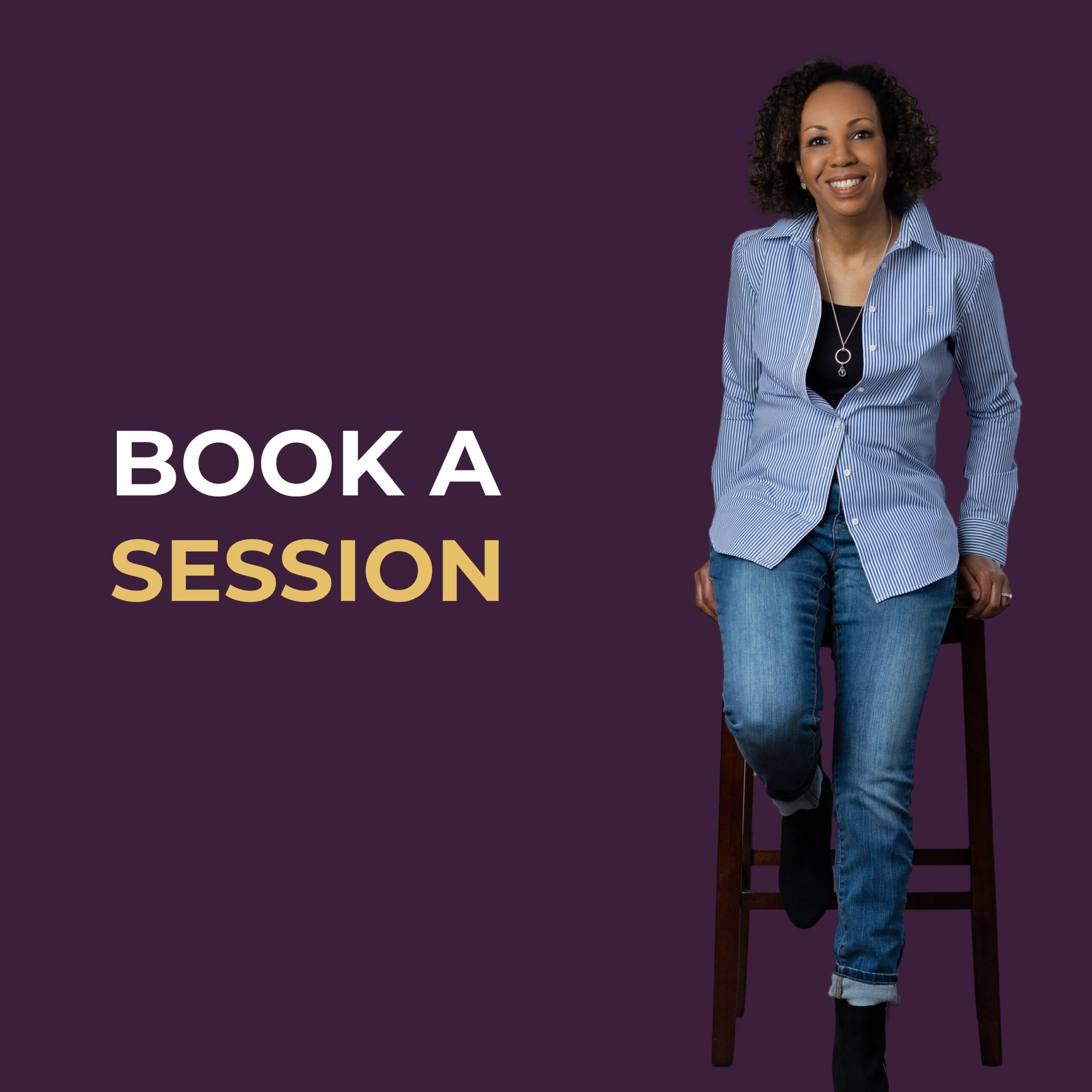In this blog post, we will explore ways to turn setbacks into success stories based on the experiences of successful people who overcame challenges and learned from their mistakes.
Embrace failure as a challenge and a learning opportunity.
One of the most common reactions to setbacks is to treat them as failures and blame ourselves or others for what went wrong, which can lead to negative emotions like guilt, shame, anger, or fear, paralyzing us and preventing us from moving forward. However, successful people view setbacks as challenges and learning opportunities. They don’t let failure define them or discourage them. Instead, they use it as a catalyst for improvement and innovation.
For example, Thomas Edison famously said, “I have not failed. I’ve just found 10,000 ways that won’t work.” He used his failures as feedback and experimented with different approaches until he found the one that worked. Similarly, J.K. Rowling faced many rejections before her Harry Potter series became a global phenomenon. She said, “It is impossible to live without failing at something unless you live so cautiously that you might as well not have lived at all – in which case, you fail by default.”
By embracing failure, reframing the situation, staying positive, taking action, seeking support, learning from mistakes, cultivating resilience, taking risks, using setbacks as motivation, and staying flexible, we can turn our setbacks into opportunities for growth, change, and success.
Harness the power of experience to improve your skills and performance.
Another way to turn setbacks into success is to harness the power of experience to enhance your skills and performance. Experience is the best teacher, and setbacks are valuable sources of feedback and learning.
Research shows that people who reflect on their experiences and extract lessons from them perform better than those who don’t. Reflection helps us understand what does and doesn’t work for us and what we are good and not so good at doing, so we can adjust our strategies accordingly. For example, Michael Jordan was cut from his high school basketball team because he was considered too short. He used this setback as a motivation to practice harder and become one of the greatest players of all time. He said, “I’ve missed more than 9000 shots in my career. I’ve lost almost 300 games. 26 times, I’ve been trusted to take the game-winning shot and missed. I’ve failed over and over and over again in my life. And that is why I succeed.”
Similarly, Oprah Winfrey was fired from her first TV job as an anchor because she was deemed “unfit for television.” She used this setback as a motivation to pursue her passion for talk shows and become one of the most influential media personalities in the world. She said, “There is no such thing as failure. Failure is just life trying to move us in another direction.”
By harnessing the power of experience to improve our skills and performance, we can turn our setbacks into stepping stones for success.
Conclusion
Setbacks are inevitable in life, but they don’t have to be the end of our dreams. We can turn them into success stories by adopting a positive mindset and a proactive attitude. We can embrace failure as a challenge and a learning opportunity. We can harness the power of experience to improve our skills and performance. The power to turn setbacks into success is within all of us, and it starts with a positive mindset and a willingness to take action.
Learn more about Postive Mindset in my FLAP your way to success Program
Achieve Your Unique Version of Success














